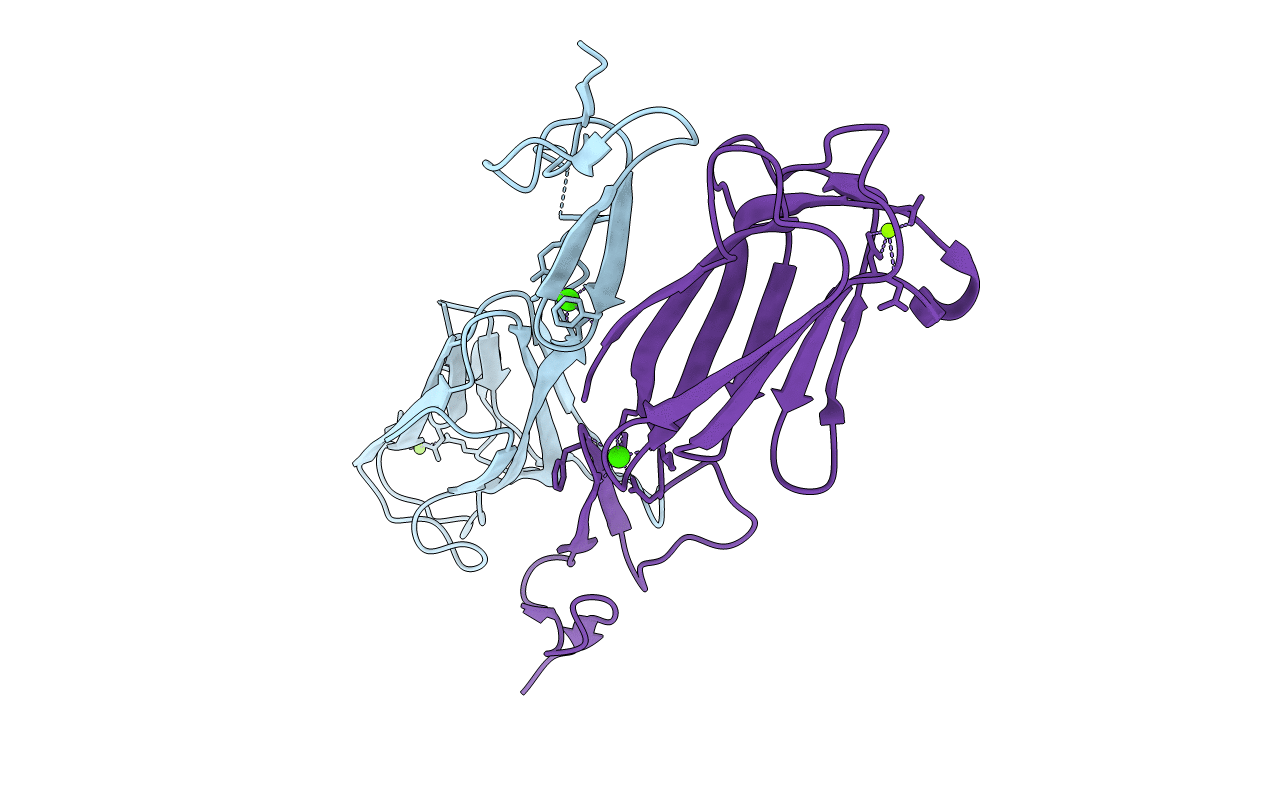
Deposition Date
2003-02-18
Release Date
2003-06-10
Last Version Date
2024-10-23
Entry Detail
PDB ID:
1NZI
Keywords:
Title:
Crystal Structure of the CUB1-EGF Interaction Domain of Complement Protease C1s
Biological Source:
Source Organism:
Homo sapiens (Taxon ID: 9606)
Host Organism:
Method Details:
Experimental Method:
Resolution:
1.50 Å
R-Value Free:
0.23
R-Value Work:
0.21
R-Value Observed:
0.21
Space Group:
P 1


